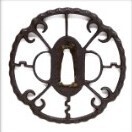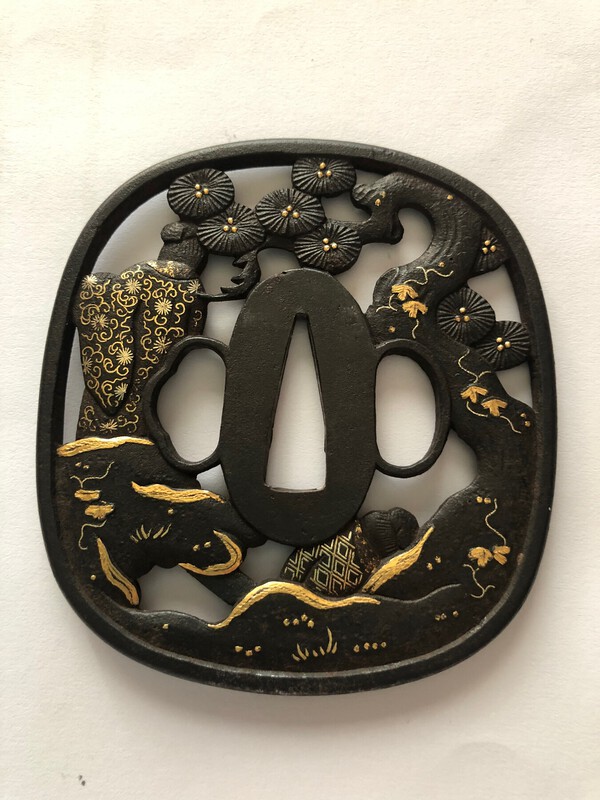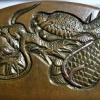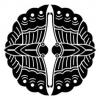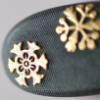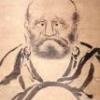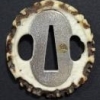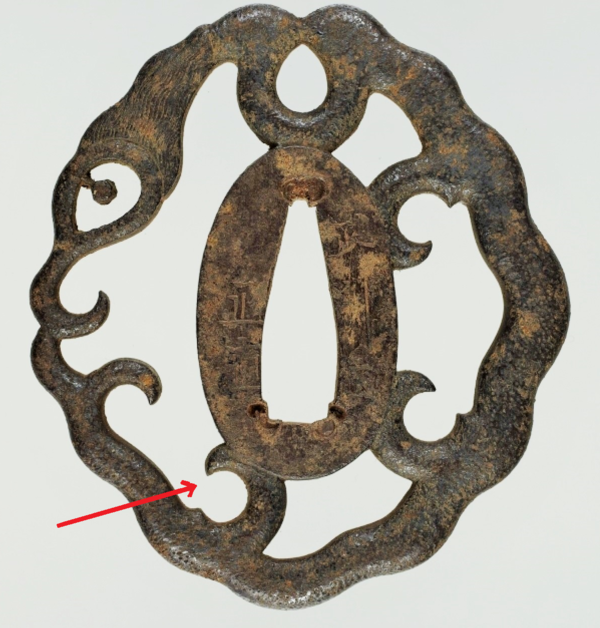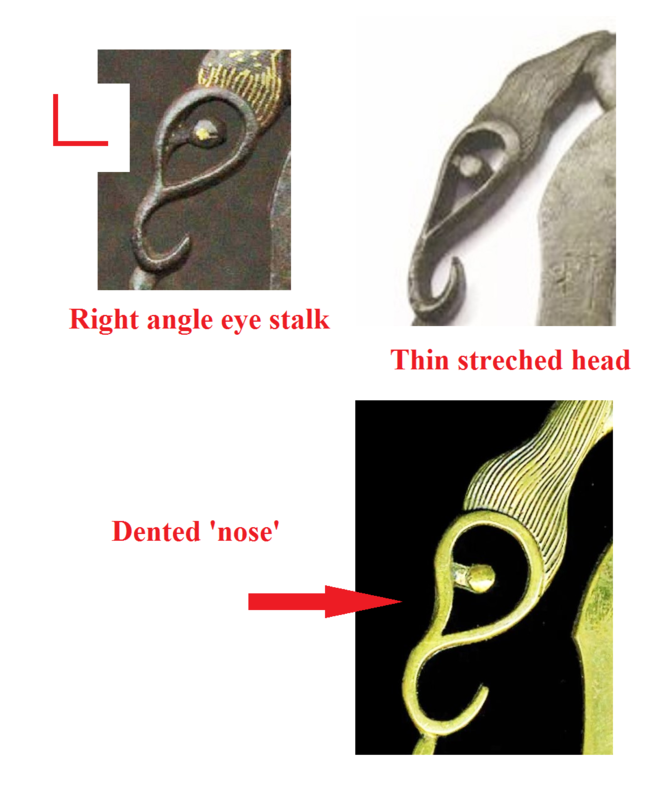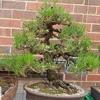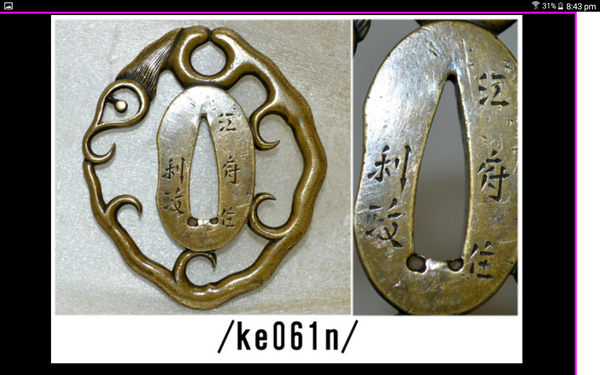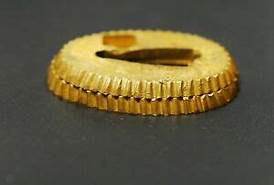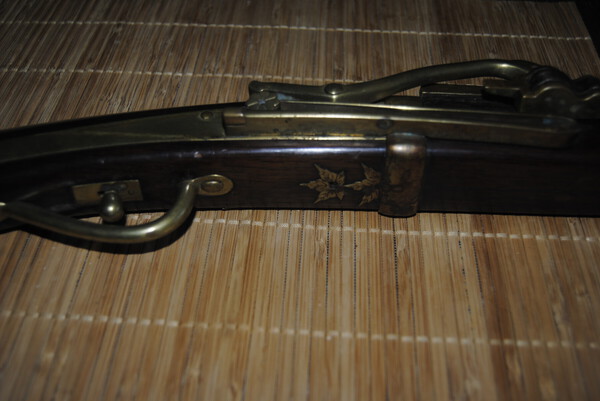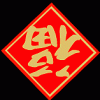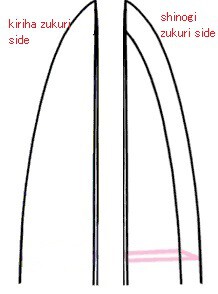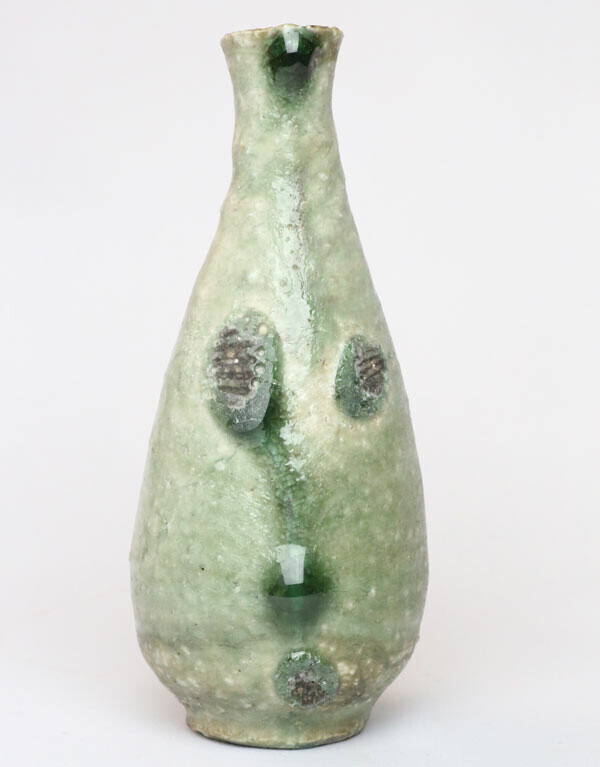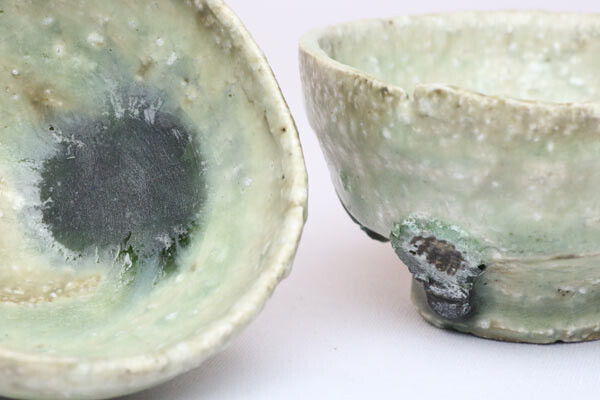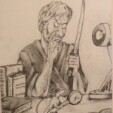Leaderboard
Popular Content
Showing content with the highest reputation on 08/19/2020 in all areas
-
This film shows swords being presented by the CO of the 13th Field Coy , Major Carmichael to members of his Company . This occurred at Rabaul on New Britain . The Japanese had dug an extensive tunnel system ( 150 miles according to one report ) at Rabaul and the swords were stored in the tunnels under guard to keep them safe from souvenir hunters. There is a photograph in the Australian War Memorial ( number 98687 ) showing Capt Williams of the 11th Division Headquarters issuing swords to a unit which appears to be at the mouth of one of these tunnels. The photo caption states that there were 7000 swords issued to troops at Rabaul as souvenirs . Years ago I bought a sword off a man who said that they found a back way into the area of the tunnels where the swords were stored . He and his mates drove a jeep into the tunnel, loaded it up with swords pistols and binoculars and drove out again.. Records show that there were 53212 Army troops ( including 3661 officers ) 16218 Naval troops ( including 1222 officers ) and 19861 civilians on Rabaul at the end of the war . If all the above figures are correct then it means that about nearly eight percent of ( or one in every thirteen ) Japanese had a sword with them. There is a list dated 2 Nov 1945 which sets out how the swords were to be allocated . Larger units such as infantry battalions received from 250 to 350 swords depending on their size .Small outfits were allocated smaller amounts commensurate with their size . For example the 11th Div postal unit only received four . The 13th Field company who appear in the film received 96 swords . It was interesting to me that all of them seemed to have tags with the owners name on them and some seemed to have multiple tags . Many years ago I came across a sword which had been bought back by a very senior 11th Division officer . This had a piece of paper with it saying that it was the best sword on Rabaul The blade was signed Kunihiro ( Horikawa ) and it was dated 1606 . It had been carried by a Japanese Captain and was in average quality shin gunto mounts with no mon. Unfortunately it was not for sale so never became part of the Brooks collection. Ian Brooks11 points
-
As I was browsing through my Tōken Bijutsu magazines, I noticed some interesting information. I have pretty much just skipped the yearly report as I have seen it mainly as financial stuff etc. and with my limited Japanese skill is not possible to really read it, I know some info that it contains etc. but now I decided to take a closer look on some sections and I was surprised to see how much info is presented in there. I must say I have probably had bit more conservative number about yearly items, I think I have been in somewhat correct ballpark as I have done research based on paper numbers and what numbers pop up to dealer sites in Japan after shinsa. As this is public information posted on Tōken Bijutsu magazine I do think it is ok to post data I translittered to English in here. NBTHK membership is unfortunately quite rare especially outside Japan. I know many people in the west are bit suspicious about NBTHK and there has been some negativity and slander behind the scenes and out in open too. I know people often still bring up some things that happened way in the past, in order to discredit the current organization. I do believe in open discussion and exchange of information, and I do think NBTHK is doing wonderful things for our tiny hobby (as are many other smaller organizations too). Here are the numbers that NBTHK provided in their yearly report, for some reason In Jūyō results number of swords passes is 100% match but other items do not always match the actual number of items passed on results list? But here are the last 5 years of results for you to study and think about. 2019 Hozon Tōken – 7,106 submitted – 4,749 passed Hozon Tōsō – 333 submitted – 186 passed Hozon Tōsōgu – 3,764 submitted – 2,401 passed Tokubetsu Hozon Tōken – 3,317 submitted – 2,259 passed Tokubetsu Hozon Tōsō – 154 submitted – 102 passed Tokubetsu Hozon Tōsōgu – 1,062 submitted – 841 passed Jūyō 65 Tōken – 997 submitted – 101 passed Jūyō 65 Tōsō – 45 submitted – 8 passed Jūyō 65 Tōsōgu – 287 submitted – 29 passed 2018 Hozon Tōken – 7,433 submitted – 4,978 passed Hozon Tōsō – 345 submitted – 177 passed Hozon Tōsōgu – 3,408 submitted – 2,131 passed Tokubetsu Hozon Tōken – 3,372 submitted – 2,342 passed Tokubetsu Hozon Tōsō – 203 submitted – 103 passed Tokubetsu Hozon Tōsōgu – 854 submitted – 604 passed Jūyō 64 Tōken – 916 submitted – 135 passed Jūyō 64 Tōsō – 63 submitted – 7 passed Jūyō 64 Tōsōgu 296 submitted – 23 passed Tokubetsu Jūyō 25 Tōken – 342 submitted – 70 passed Tokubetsu Jūyō 25 Tōsō – 10 submitted – 2 passed Tokubetsu Jūyō 25 Tōsōgu – 41 submitted – 5 passed 2017 Hozon Tōken – 4,257 submitted – 2,880 passed Hozon Tōsō – 199 submitted – 126 passed Hozon Tōsōgu – 2,600 submitted – 1,646 passed Tokubetsu Hozon Tōken – 1,891 submitted – 1,287 passed Tokubetsu Hozon Tōsō – 106 submitted – 66 passed Tokubetsu Hozon Tōsōgu – 629 submitted – 421 passed Jūyō 63 Tōken – 753 submitted – 140 passed Jūyō 63 Tōsō – 35 submitted – 6 passed Jūyō 63 Tōsōgu – 279 submitted – 29 passed 2016 Hozon Tōken – 7,455 submitted – 4,913 passed Hozon Tōsō – 351 submitted – 196 passed Hozon Tōsōgu – 4,123 submitted – 2,753 passed Tokubetsu Hozon Tōken – 2,771 submitted – 1,893 passed Tokubetsu Hozon Tōsō – 135 submitted – 89 passed Tokubetsu Hozon Tōsōgu – 1,022 submitted – 763 passed Jūyō 62 Tōken – 875 submitted – 149 passed Jūyō 62 Tōsō – 54 submitted – 9 passed Jūyō 62 Tōsōgu – 274 submitted – 29 passed Tokubetsu Jūyō 24 Tōken – 326 submitted – 71 passed Tokubetsu Jūyō 24 Tōsō – 10 submitted – 2 passed Tokubetsu Jūyō 24 Tōsōgu – 27 submitted – 5 passed 2015 Hozon Tōken – 6,984 submitted – 4,594 passed Hozon Tōsō – 367 submitted – 218 passed Hozon Tōsōgu – 3,948 submitted – 2,613 passed Tokubetsu Hozon Tōken – 2,450 submitted – 1,648 passed Tokubetsu Hozon Tōsō – 152 submitted – 107 passed Tokubetsu Hozon Tōsōgu – 940 submitted – 754 passed Jūyō 61 Tōken – 826 submitted – 165 passed Jūyō 61 Tōsō – 49 submitted – 11 passed Jūyō 61 Tōsōgu – 277 submitted – 37 passed7 points
-
Interesting motivs.. https://publicdomainreview.org/collection/Japanese-firemans-coats-19th-century Best2 points
-
They weren't classed as "Legendary" during the war. To the average Digger, it was just something to prove they won. Pretty much the same as collecting Luger's from the European Theatre. Also, the surrender ceremonies were used to rub salt into the wound.2 points
-
2 points
-
2 points
-
You can't just varnish away a mei and assume the NBHTK will look elsewhere and return a papered sword. Imagine what happens when you remove your varnish: sword is both mumei (on paper) and zai (in reality). I don't know where this idea comes from but it's one that needs to go straight to the dustbin. As for this gimei sword, if someone studies the post history of the owner, I'm not even convinced its a real person. Not clear what's going on here, but I have a feeling the fraudulent scheme extends beyond the gimei + green paper combo.2 points
-
New members joining and immediately sending offers of swords to people via pm. Do NOT fall for it folks. Please let me know if you get any suspicious offers from unverified members. Ask them to prove their location or give you known Nihonto community members who can vouch for them. And DON'T trust email addresses that seem to be known. They can have an extra digit or something making them seem like a known email. Today we have someone new with the above activity. I am looking into it. IP address seems to go back to Nigeria, so not looking good. But please always be aware. I'll be taking this all the way to his ISP....South Africans know how to deal with Nigerian 419 scammers1 point
-
1 point
-
Int. article.. https://artsandculture.google.com/exhibit/4gLSxw-nMHSyLQ Best1 point
-
1 point
-
I think 東塩子 is actually a gō ( possibly read Tōenshi), rather than a place name. The second character looks like 與 to me, which is read as 'yo' or 'tomo'.1 point
-
Good digging, Jussi, thanks also in the annual report you can see the Hozon fees dwarf any other fees received. A major revenue generator.1 point
-
No. I suspect they are from the average waki bought up by the govt during the shortage and issued.1 point
-
Have you received the sword yet Geoff? I'm channeling for you that it is something good.1 point
-
Hi Grey, In gold - 黒坂義知應需 - Kurasaka Yoshimoto ōjū - Responding to Kurasaka Yoshimoto's request. I'm a little less confident of this bit: 東塩子 - Higashi Shiogo - a place name I think. 源 一 造之 - Minamoto [ ] Kazu (maybe read Ichi) Tsukuru Kore. I'm missing the second kanji on this line. Sorry for the mixture of fonts.1 point
-
For me the MEI is authentic, I am seeking more information. If genuine, I think I'm going to risk restoring it.1 point
-
Thanks so much Greg, I must admit I have had the image of your guard for a few years now. Out of interest did you pay the asking price? The other examples I have not seen before. At the moment I have over thirty examples as a data base [ four examples of my own ], Although they are all the same general design there are a few anomalies I have found. You will notice one of the curls on this example goes in the opposite direction to almost all other examples [I have found only two like this]. The 'mane' is sometimes thinner and the stalk of the eye ball can stick out at a different angle. A lot are signed Toshimasa but some are signed by other smiths and a number are mumei.1 point
-
1 point
-
1 point
-
1 point
-
It seems 壽屋 飯島 神戶 all make mount and blade of Type 95 sword, maybe final assemble in Tokyo first arsenal? You should check this topic of Type 95 start by Nick Komiya https://www.warrelics.eu/forum/Japanese-militaria/short-development-history-type-95-gunto-676112/ Shamsy,Stegel, Bruce Pennington, Kiipu are all in there.1 point
-
I once worked with a man whose father had been in the service in WW2 and during the occupation of Japan he was assigned to Nagoya, possibly Nagoya Arsenal. He stated his dad's job was the destruction of heaps of Japanese weapons, firearms and swords among them. It was just a crappy job for his dad, for people like us it would be like diving into a pile of gold. Back in the '70's I personally got to talk to a former soldier who did the same thing in Germany after the war, he hauled truckloads of captured weapons to locations where they were destroyed.1 point
-
Dear Piers, Are you saying that the mimi of the tsuba is serrated like a saw? I think that tsuba have similar rules to netsuke and must be wearable. I don't think that you could wear or carry such a tanto comfortably. More likely the tsuba is one of those "Jesuit" or "watch gear" tsuba that has lost its furukin. Also, the kogatana with a serrated edge are generally thought to be bonsai tools (instead of romantic Ninja tools....)1 point
-
To bring home a legendary Japanese sword had to have been one of the top priorities of returning allied troops. It must have been very disappointing to miss out on winning a raffle. ( Making it back alive was obviously the first priority ) I think the chances of returning home with a sword had a great deal to do with availability, and your location. My father for instance, was involved with weapons collection in northern Japan, and handled hundreds of swords. Plenty to choose from, I occasionally think had they had just a little sword evaluation knowledge what they may have made it home with. Dave M.1 point
-
Sometimes things collected with interest during wartime end up holding unexpected bad memories for the former soldiers. I remember, once I left the Army after the 1st Gulf War, there was a period of a couple years where I didn't even want to look at my old uniforms, medals, gear, etc. Just boxed them up and ignored them. Threw some of it out. And it was a long time before I could once again enjoy shooting any of the guns in my collection. So I can imagine someone being excited to bring home a Shin-Gunto, show it off for a bit to the folks at home, only to put it away soon after. Then comes a new life, a family, kids, work, and an overall desire to forget what they saw in the Pacific. Except for other veterans, who would really understand what they saw, and went through? By that time, the sword might just remind them of long dead friends and bad events. So it got tucked away in a closet, or the attic, and more or less forgotten for years. For those of us into Nihonto and WW2 Japanese military swords, it seems awful to treat such blades so casually. But for the soliders who went through the war? I can understand the love/hate feelings they may have harbored for their "souvieners"...1 point
-
The fuchi mei should be read as 'Mito ju Kuniyoshi' (水戸住邦吉). The yagenagata nakago is also a kantei point for the Hankei school, so that might be a good guess for the origin of this blade: http://www.sho-shin.com/edo-noda.html1 point
-
Can you imagine the heaven the few were in who were already Japanese sword collectors or students before the war? There were a few, and they must have had an awesome time buying and trading. Can you imagine being there and knowing something?1 point
-
That's an interesting window into history David! Shows how desired these swords were, even back then. That they were treated so poorly, once they got back home with them, seems puzzling in light of this. I understand the front-line troop who faced the enemy in horrible combat, resenting Japanese and treating the sword with disrespect (weed whacking, etc) after the war, but even that - why bring a war trophy home at all if it isn't valued? Maybe it was taken as a prize after a battle, but when the guy gets home, and PTSD starts having it's affect, the sword becomes a trigger of his pain?1 point
-
Darcy has come back to me and believes the blade could be around 600 years old and should be worth investigating more. Has put me in touch with Ted Tenold with regard to getting a window polish done to determine school and maker. "Right now it's a lottery ticket, and we can help reveal if it is a winner."1 point
-
1 point
-
This is pass on secondhand information. “Kata-kiriha Zukuri is a shape that was popular during the 14th century , but there are mechanical reasons for this. Looking at the cross section of the sword, the blade angle on the side of Shinogi Zukuri is small and that of Kiriha Zukuri is larger. If you cut an object with this, the resistance of Kiriha Zukuri is greater, so the cutting edge goes to Shinogi Zukuri. On the other hand, the sword is held by the right hand, but when it is cut, the blade edge faces left. The force that the cutting edge tries to move to the left side and the force that the cutting edge tries to move to the right cancel each other out, and a straight cut can be made. " http://www7b.biglobe.ne.jp/~osaru/kagaku.htm#tsukurikominokouka × kiriha zukuri → 〇 hira zukuri ? × shinogi zukuri → 〇 kiriha zukuri ? The author wrote so, so I transcribed it as the original text.1 point
-
1 point
-
Gentlemen, Before you get too carried away with master plans to send or not send to Japan or whatever can I suggest a good first step might be to let someone with some experience look at it in hand? Steve if you pm me your contact details I will try and put you in touch with a member of the Token of GB who is closest to you. In hand they can better judge what it is and condition and advise you on the next step. Regards Paul1 point
-
Les is not a traditionally trained polisher. And if it turns out to be a Kamakura tachi, then value would easily cover a full polish with a decent profit left over. I think it is restorable, but the window is to tell if that is true and what activity we see. Btw @Steve D post a picture of that habaki on it's own in the translation section, there are some who can read that. Let's see what it says. Don't go for complicated schemes unless you have the option of retaining the sword after if it has possibilities. Get a window first. You do NOT want to find out it is a 1300's nice sword that has a UK polish and then needs to go to Japan for another polish. Of course it would end up as a mumei average sword..with those fittings you still have $1000+ ONLY thing that would kill it is fatal flaws or it is too badly rusted to polish, and I don't think it is. Send a few pics of the full sword etc to Darcy at https://yuhindo.com/ Ask what he would do in this situation and what he thinks of the shape.1 point
-
Looks like this sword is causing some discussion 🙂 I'm completely new to swords and am learning new words and descriptions for things I didn't even know existed, it's great! My initial reason for posting was to get some info on the sword as I didn't have a clue where to start. The more I'm learning the more I want to know about this sword.1 point
-
The characters down below, Japanese for "Past this point be dragons".1 point
-
Brian explained it to me: At the top click on Activity Then My Activity Streams Then Create New Stream You get to name the stream and choose from a list of choices so that you get all new posts.0 points
This leaderboard is set to Johannesburg/GMT+02:00






